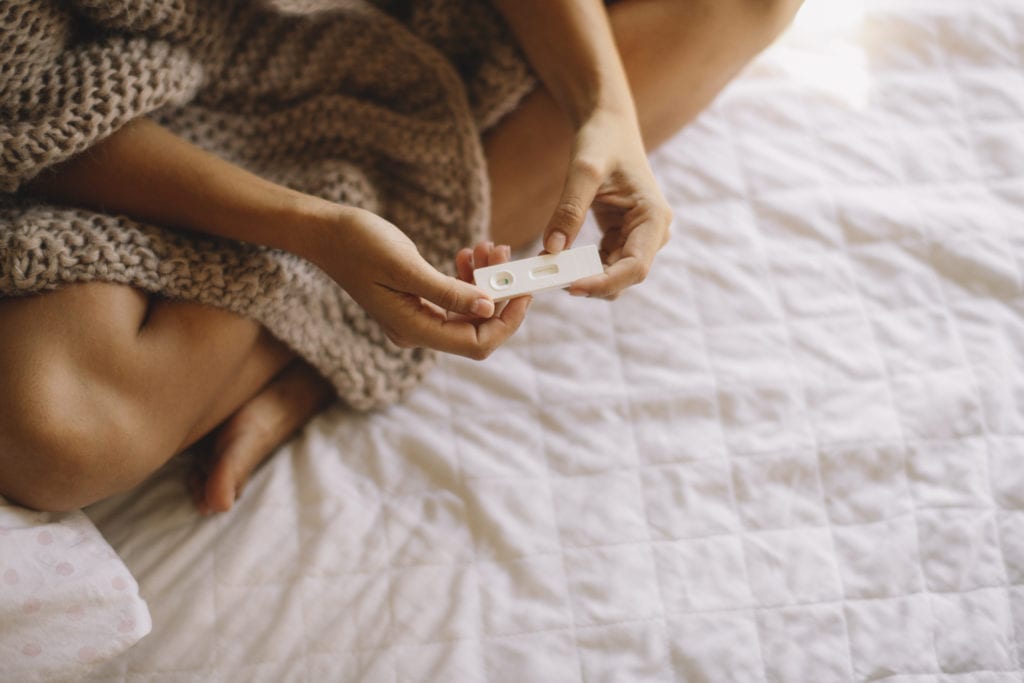Knowing when you ovulate is an important step in learning how to get pregnant naturally
. But what exactly does that mean?
The best time for you and your partner to have sex when trying to conceive is when you’re ovulating. That’s when your body releases eggs from your ovaries, enabling them to be fertilized. You can get pregnant even if you have sex near the time of your ovulation, but it’s less likely, as the sperm has to survive until the egg becomes available.
In an ideal situation, ovulation occurs two weeks after the first day of your period. However, not all of us are lucky enough to have hyper-regular menstrual cycles. It’s for this reason that there are alternate ways of determining when you ovulate.
Ways to measure ovulation
Some women are able to go by physical symptoms to determine when they begin ovulating. Such signs include a tenderness in the breasts, cramps, increase in discharge and a shift in the position of your cervix. If you’re very in touch with your body, this may be the way to go for learning when you’re ovulating, but it’s not an exact science. For instance, these symptoms can occur both before and after ovulation has ended.
One of the more popular ways to detect ovulation is by charting your basal body temperature. It’ll be slightly higher after ovulation is complete, and by tracking when that change occurs, you can better predict when you’ll be ovulating again.
Ovulation predictor tests are another very accurate means of measuring ovulation. They do require you to pee on a stick or in a cup, which is generally considered to be less than fun, but if you can get past that fact, then it might be the test for you. You take them daily during the week you expect to ovulate, and a line on the strip will tell you whether or not you’re ovulating.
What’s your preferred means of determining ovulation?
